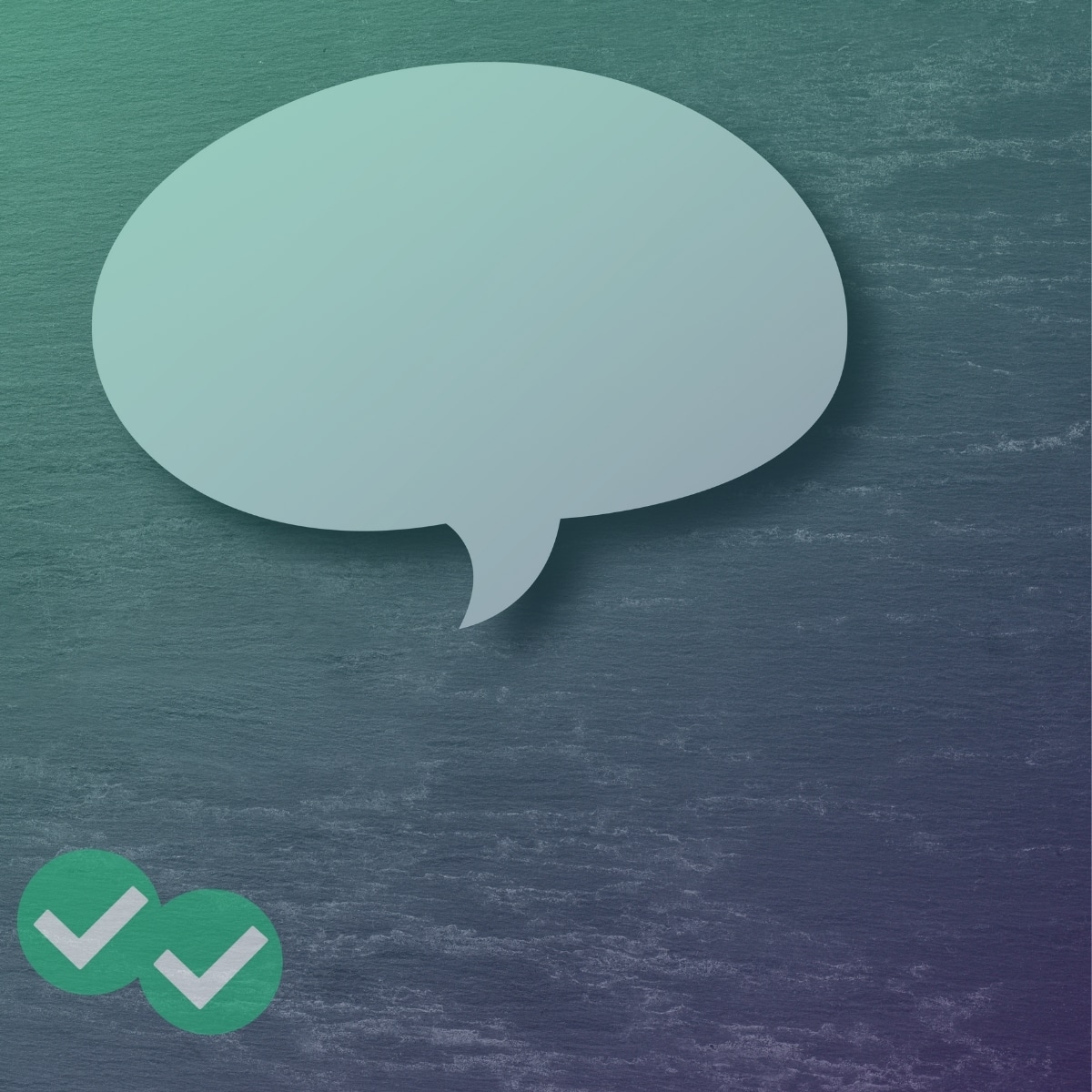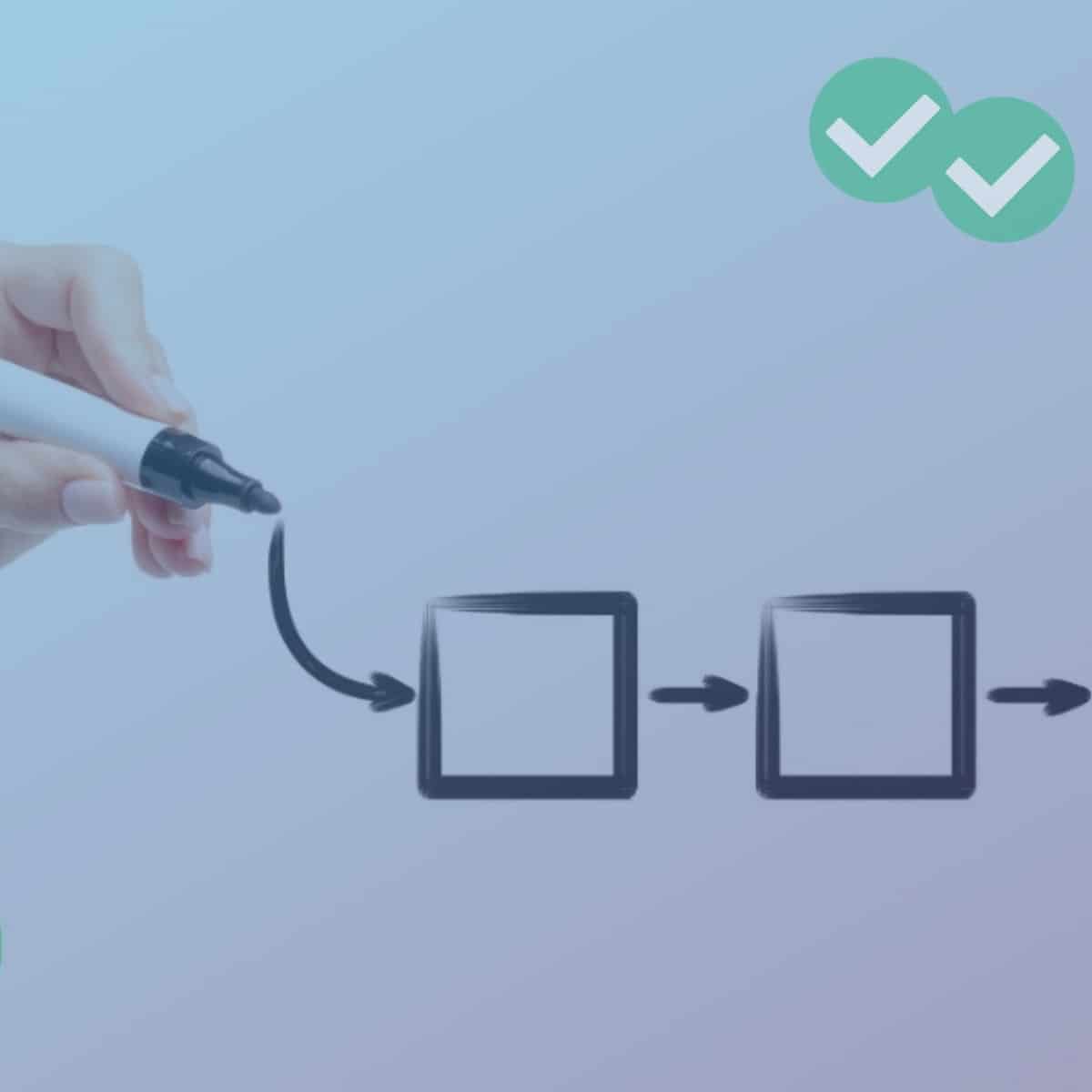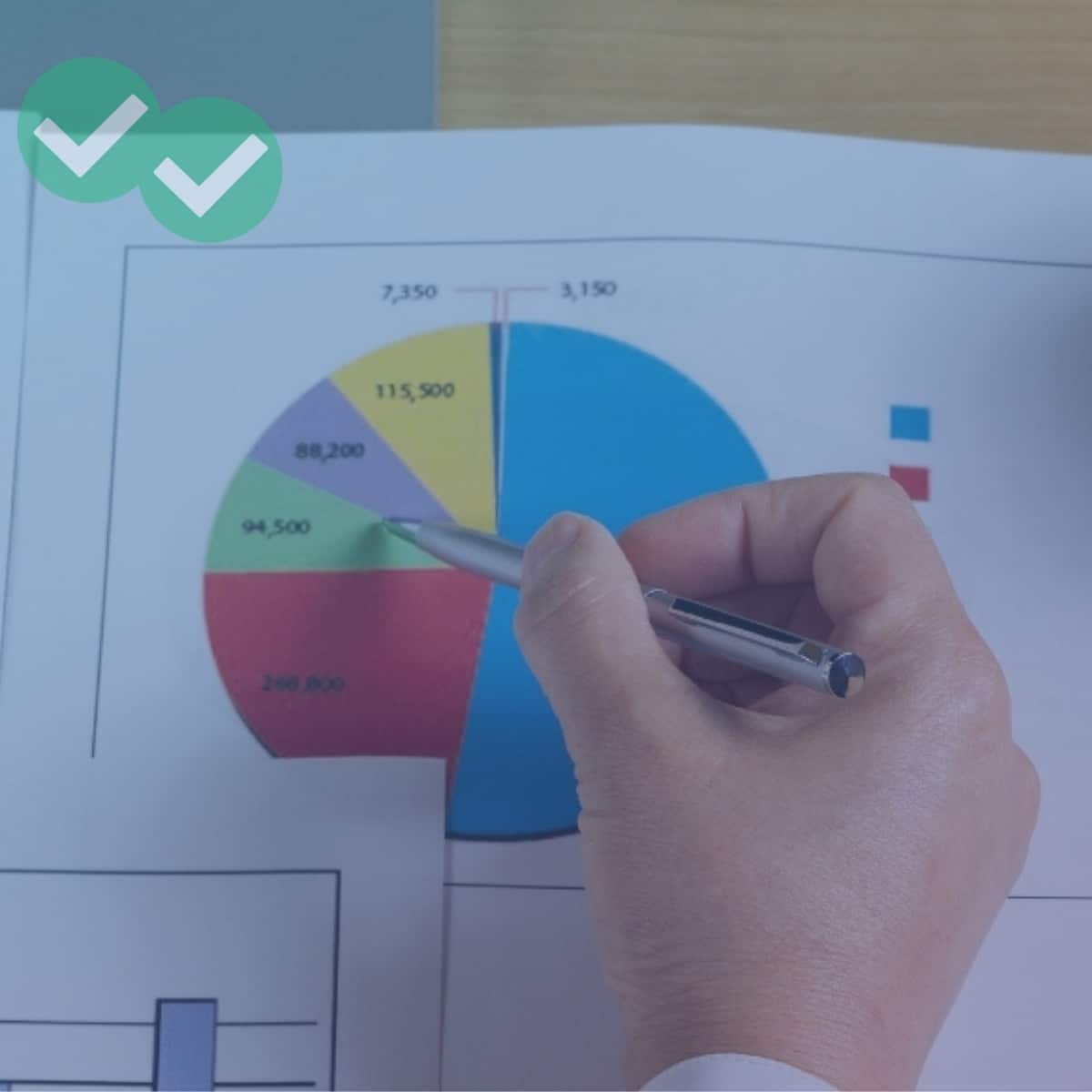
In this post, we’ll take a particularly close look at the IELTS Writing Task 1 and Task 2 scoring category for vocabulary—Lexical Resource. Acccording to the official IELTS Academic Writing Task 1 rubric PDF, the four scoring categories are:
- Lexical resource
- Coherence and cohesion
- Grammatical range and accuracy
- Task achievement (i.e. the big picture)
The IELTS Writing Task 2 rubric PDF shares the first three categories with Task 1, but the fourth one is called task response instead.
What is Lexical Resource?
Lexical resource is your ability to use a wide range of vocabulary correctly (without errors) and appropriately (in the proper context) in your written responses. The goal here is to have good enough vocabulary to properly paraphrase the information you see in the IELTS Academic Writing Task 1 and Task 2 prompts. It should go without saying that studying vocabulary regularly will help you improve most in this area. Magoosh has (free!) IELTS vocabulary flashcards to get you started. You should try to learn 15-20 new words each day! Beyond learning new words, however, there are a few additional steps you can take to improve your “Lexical Resource” score.
Tips for Scoring Well on Lexical Resource
1. Practice Paraphrasing
As noted above, you must paraphrase the language from the visuals or question prompt as much as possible in your Writing Task 1 and Writing Task 2 responses. Taking large chunks of language directly from the question and visual will definitely lower your score. Whenever you practice a Writing Task 1 or Task 2 response, make sure to study any example essays included in your practice materials. Take note of how the author paraphrases the language in the question prompt and compares it to your own paraphrases. By doing this, you can learn a lot of helpful words and phrases.
2. Avoid Redundancy
A second tip to boost your Lexical Resource score is to focus on avoiding redundancy in your writing. Redundancy happens when you use the same words or phrases over and over again; however, there will be some key terms that you can’t avoid. For example, in our example response found in our post on vocabulary for the IELTS graph essay, it was difficult to avoid the phrases “computer ownership” and “education level.” Other words are much easier to replace with synonyms. For instance, in Academic Task 1 responses, you will often write about numbers that “increase” or “decrease.” There are many synonyms for these words (be sure to check out the video for more vocabulary words):
Rise – Fall
Go up – Go down
Jump – Decline
Spike – Dip
Skyrocket – Plummet
If you notice that you’re using the same words again and again as you practice writing Academic Task 1 or Task 2 responses, work on building your knowledge of synonyms and paraphrases. A thesaurus is a handy tool.
However, if at all possible, try to get feedback about the new words you use from a native English speaker. Often, the synonyms you find will have a slightly different meaning or use from the word you’re trying to replace. As a general rule, you should always choose a word that you know to be correct over one that you don’t know well.
Bonus Vocab Video for IELTS Academic Writing
This video will help you better describe the information on the charts:
Going Beyond Lexical Resource: Additional Resources
Of course, there’s far more to scoring well on Task 1 than just vocabulary. Good vocabulary use goes hand in hand with good grammar, clear writing, and overall task achievement. So be sure to check out these other resources for getting a top score on IELTS Academic Writing Task 1.
- How Do You Score Band 9 in IELTS Academic Writing Task 1?
- How to Get Band 8-9 in IELTS Writing Task 2
- IELTS Writing Task 1 and Task 2: Line Graph with Model Answer (Band 9)
- IELTS Podcast (Ep 18) What is a Good IELTS Band Score?
- IELTS Writing Task 1 and Task 2: Coherence and Cohesion
- IELTS Writing Task 1 and Task 2: Grammatical Range and Accuracy
And also be sure to prepare yourself for the second Writing task as well as the first. When it comes to whole-section preparedness, our complete guide to IELTS Writing is a great place to start.






Leave a Reply